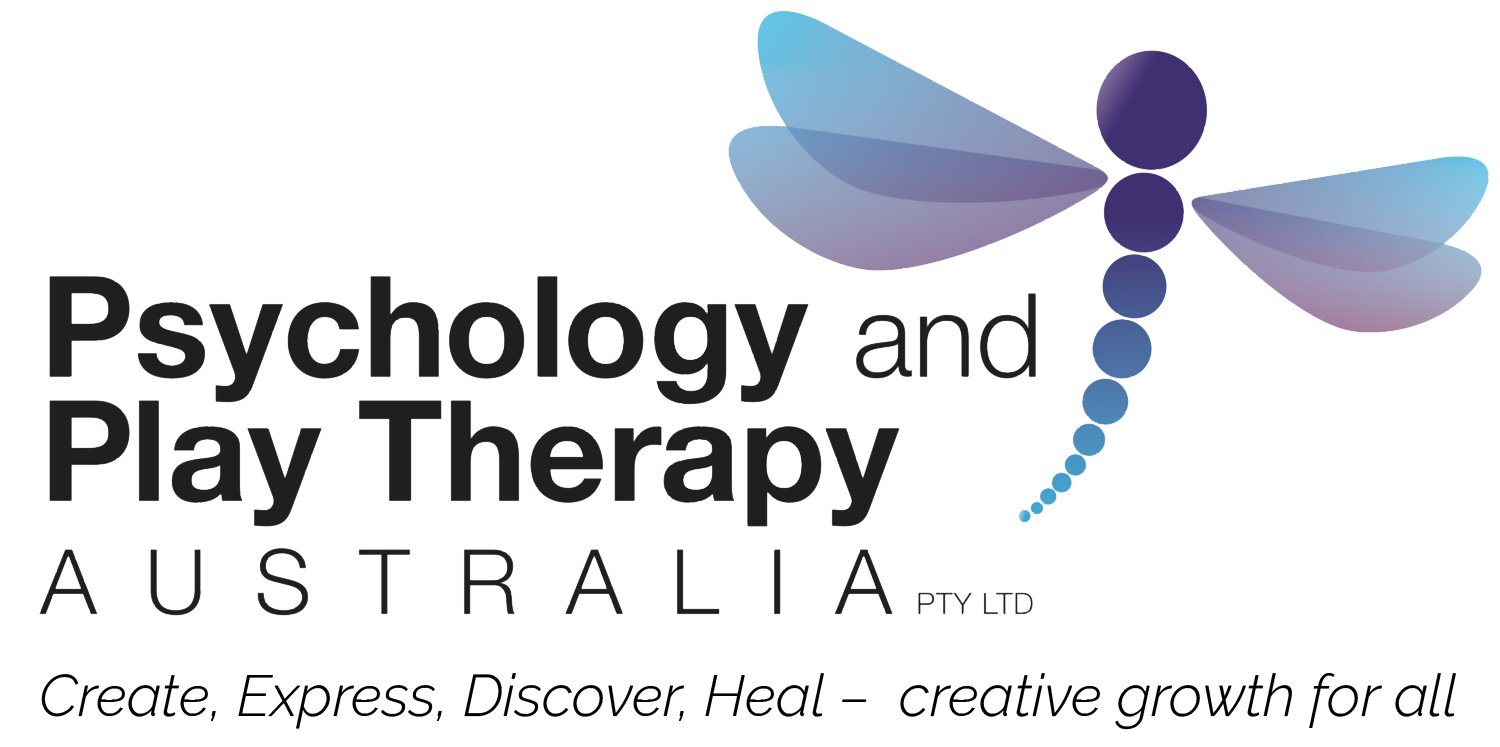In child therapy, behaviour is communication - and endings speak volumes.
Children constantly make meaning of their experiences, both consciously and unconsciously. According to Ed Tronick’s work around meaning-making, this happens across multiple levels, including on a conscious level and a physiological level.
When it comes to endings, especially in therapeutic relationships, we need to remember that children are not just reacting to the change - they are interpreting it and building internal narratives that shape how they view the world, themselves and others.
Endings as a Mirror of the Past
For a child who has experienced sudden removal from their home, changes in foster care placements, or inconsistent caregiving, endings may be loaded with fear, abandonment and mistrust. These children often expect relationships to end suddenly and painfully.
Others may have experienced on-again, off-again parental relationships, where reconnection and loss happen in cycles. For these children, endings don’t just represent sadness, they can be embedded with chaos and anxiety.
As therapists, it’s vital to stay curious:
What is this child’s relationship with endings?
What patterns of meaning-making do they carry into therapy?
How do they respond to the uncertainty of endings?
Adaptive Responses, Not ‘Behaviours’
Rather than seeing disruptions or anxiety around endings as problematic, it helps to frame them as adaptive responses. Children are doing what they’ve learned to do to minimise discomfort and threat, and ensure safety and survive.
For example:
A child who drops a ‘bomb’ just before the end of a session may be trying to control the intensity of their disclosure to feel safe.
A child who withdraws when you mention the last session may be trying to protect themselves from anticipated loss.
By observing these patterns, we can gently support the child in developing new narratives around what endings can be – safe and supportive.
Endings That Transform
A truly therapeutic ending helps a child:
Experience a predictable and structured goodbye
Be resourced - internally and externally – to cope with the change and ending of the relationship
Engage in relational meaning-making (with the therapist and/or caregivers), that honours the client-therapist relationship
Carry forward a felt sense of goodbye, even if it isn’t ‘perfect’
This can be life-changing for a child who’s only known chaotic, painful, or unresolved endings.
